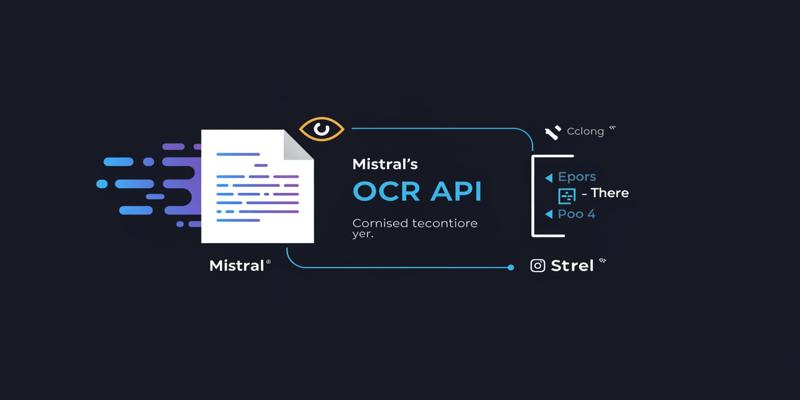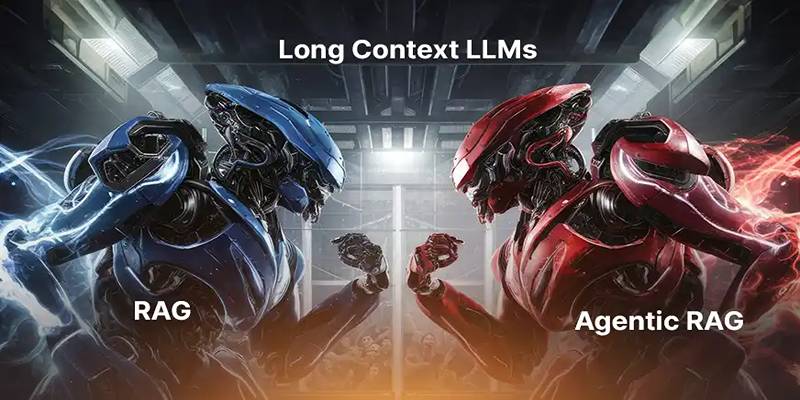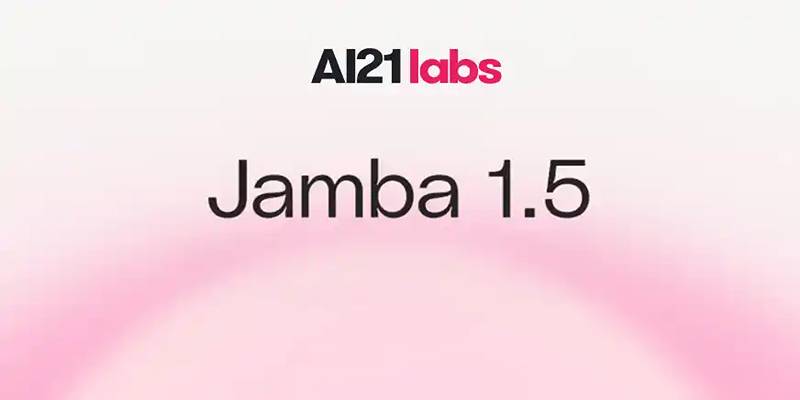The AI landscape continues to evolve at a breathtaking pace, with each week bringing fresh innovations, critical research breakthroughs, and heated policy discussions. In this edition of AV Bytes, this post explores a powerful lineup of new model launches, cutting-edge research on AI architectures and training techniques, and the increasingly urgent debate around AI regulation and safety.
From AI21 Labs’ Jamba 1.5 pushing the boundaries of long-context processing to Anthropic’s Claude 3 updates to the growing discussion over California’s SB 1047 AI regulation bill, this week's developments reflect both the rapid innovation and the mounting responsibilities that come with building smarter machines. Let’s dive into the highlights shaping the current conversation in AI.
New Models Taking the Lead
AI companies continue to set new benchmarks with high-performing models designed for long-context tasks, improved coding, and mathematical reasoning.
Jamba 1.5: High-Speed, Long-Context Brilliance
AI21 Labs recently unveiled Jamba 1.5, a scaled-up, hybrid SSM-Transformer MoE model that’s redefining performance in long-context processing.
With support for a 256K context window, Jamba 1.5 handles extended sequences with impressive efficiency—making it ideal for applications like long-form summarization, multi-turn conversations, and document analysis. The model comes in two versions:
- Mini: 52B parameters, with 12B active
- Large: 398B parameters, with 94B active
Jamba 1.5 also sets new standards in benchmarking, scoring 65.4 on the Arena Hard test, outperforming the more resource-intensive Llama 3.1 70B model.
What makes Jamba particularly noteworthy is its architecture—a hybrid of state space models (SSMs) and transformers, combined with a Mixture of Experts (MoE) design that allows it to dynamically activate only a portion of its parameters during inference. It results in both speed and scalability without compromising on contextual depth.
Claude 3 Gets Smarter: Math Meets Memory
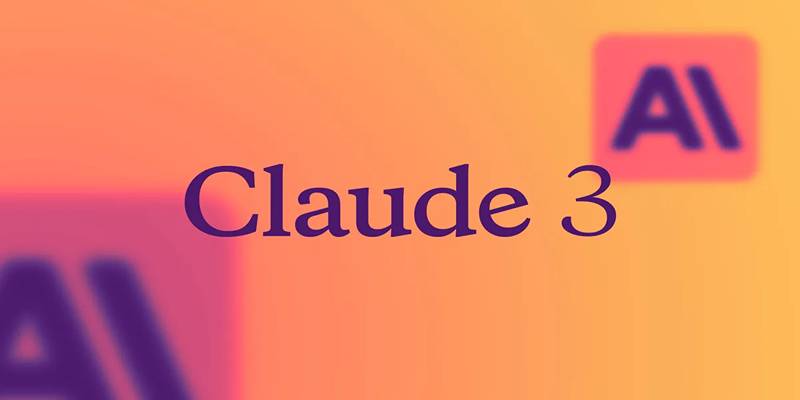
AnthropicAI continues to refine its large language model suite, and the latest update to Claude 3 includes:
- LaTeX rendering support for better mathematical expression generation
- Prompt caching for Claude 3 Opus, reducing compute load for repeated queries
These upgrades improve Claude’s ability to handle technical content, particularly in academic, scientific, and educational contexts. With faster response times and improved formatting capabilities, Claude 3 is now better suited for workflows that require clarity and precision in mathematics and code.
Dracarys: A Fire-Breathing Coding Model
Bindu Reddy introduced Dracarys, a high-performing 70B-class open-source coding model that challenges the dominance of closed-source alternatives.
Claimed to outperform Llama 3.1 70B in multiple benchmarks, Dracarys is positioned as the top open-source choice for coding tasks. It’s available on Hugging Face, making it accessible for developers, researchers, and organizations looking for a powerful model that doesn’t lock them into proprietary frameworks. Dracarys isn't just a milestone for performance—it represents a strong case for open innovation in AI, proving that community-driven models can hold their own against corporate giants.
Research Advances in AI Architecture and Optimization
Recent breakthroughs are refining how models learn and adapt, from smarter prompts to more efficient architectures.
Prompt Optimization: Simple Algorithms, Big Impact
Prompt engineering has long been considered more art than science. But recent developments suggest otherwise. Research into prompt optimization reveals that even simple algorithms like AutoPrompt and GCG can effectively navigate vast prompt spaces to improve performance.
This area of research is crucial as AI models become more general-purpose. With better prompt optimization, you can make models:
- More reliable across tasks
- Less sensitive to prompt wording
- More accessible to non-experts
Expect continued investment in this space, especially as enterprises seek consistency and efficiency in deploying AI models.
Hybrid Architectures: The Future of Long-Context AI
The blending of Mamba (a state space model) with Transformer architectures is giving rise to powerful hybrid systems. These models strike a balance between:
- Efficient memory handling (a strength of SSMs)
- Contextual versatility (the strength of transformers)
Hybrid architectures are proving especially effective in long-context tasks where both speed and comprehension are crucial. With companies like AI21 Labs adopting this design (as seen in Jamba 1.5), you may soon see hybrid models become the new standard for large-scale AI deployments.
AI Tools and Applications: Bridging Research and Use
New tools are translating research into real-world use cases, helping developers and professionals boost productivity.
Spellbook Associate
One of the most promising new AI applications is Spellbook Associate, a legal-focused AI agent designed to plan, break down, and execute legal workflows. It helps legal professionals manage complex tasks by breaking them into smaller components, adapting to new information, and improving productivity.
MLX Hub
Managing multiple models and configurations can be overwhelming, especially in research or deployment environments. Enter MLX Hub, a command-line tool that simplifies downloading, organizing, and running MLX-compatible models from the Hugging Face Hub. It streamlines model access and can significantly boost productivity for ML developers working on local or distributed setups.
Regulation, Safety, and Ethical Concerns
As AI systems become more powerful, the urgency of setting ethical boundaries and regulations continues to grow.
California’s SB 1047
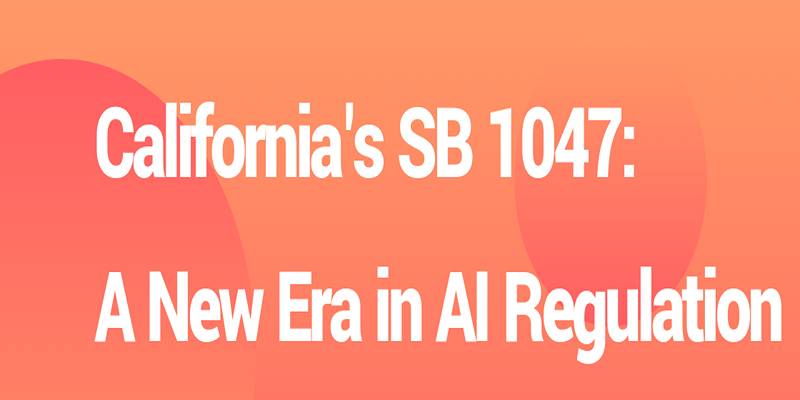
One of the most discussed regulatory topics is California Senate Bill 1047, a legislative proposal aimed at enforcing AI safety protocols and model licensing requirements.
While some experts and institutions—such as Stanford and Anthropic—support safety regulation in principle, concerns have emerged about the bill's potential to hinder innovation, especially in the open-source community.
This debate mirrors the broader tension in AI: How do you promote innovation while ensuring public safety and preventing misuse?
Anthropic’s Stance on Regulation
Anthropic’s position appears to be more pro-regulation, particularly toward open-source LLMs. Reports suggest the company has been in discussion with legislators like Senator Wiener about potentially restricting open access to powerful models.
It has sparked pushback from parts of the AI community, who see such regulation as stifling progress. Yet, with rising concerns about AI misuse, bias, and misinformation, the case for regulation continues to gain traction.
Conclusion
From powerful new models like Jamba 1.5 and Dracarys to advances in prompt optimization and hybrid AI architectures, the AI space continues to sprint ahead. Meanwhile, regulatory discussions are ramping up, highlighting the tension between innovation and safety. As you look ahead, the future of AI will be shaped not just by how fast we build—but by how thoughtfully we govern. Whether you're a developer, policymaker, or simply curious about the future, this week’s developments make one thing clear: you are entering an era where responsible innovation will matter as much as capability itself.
